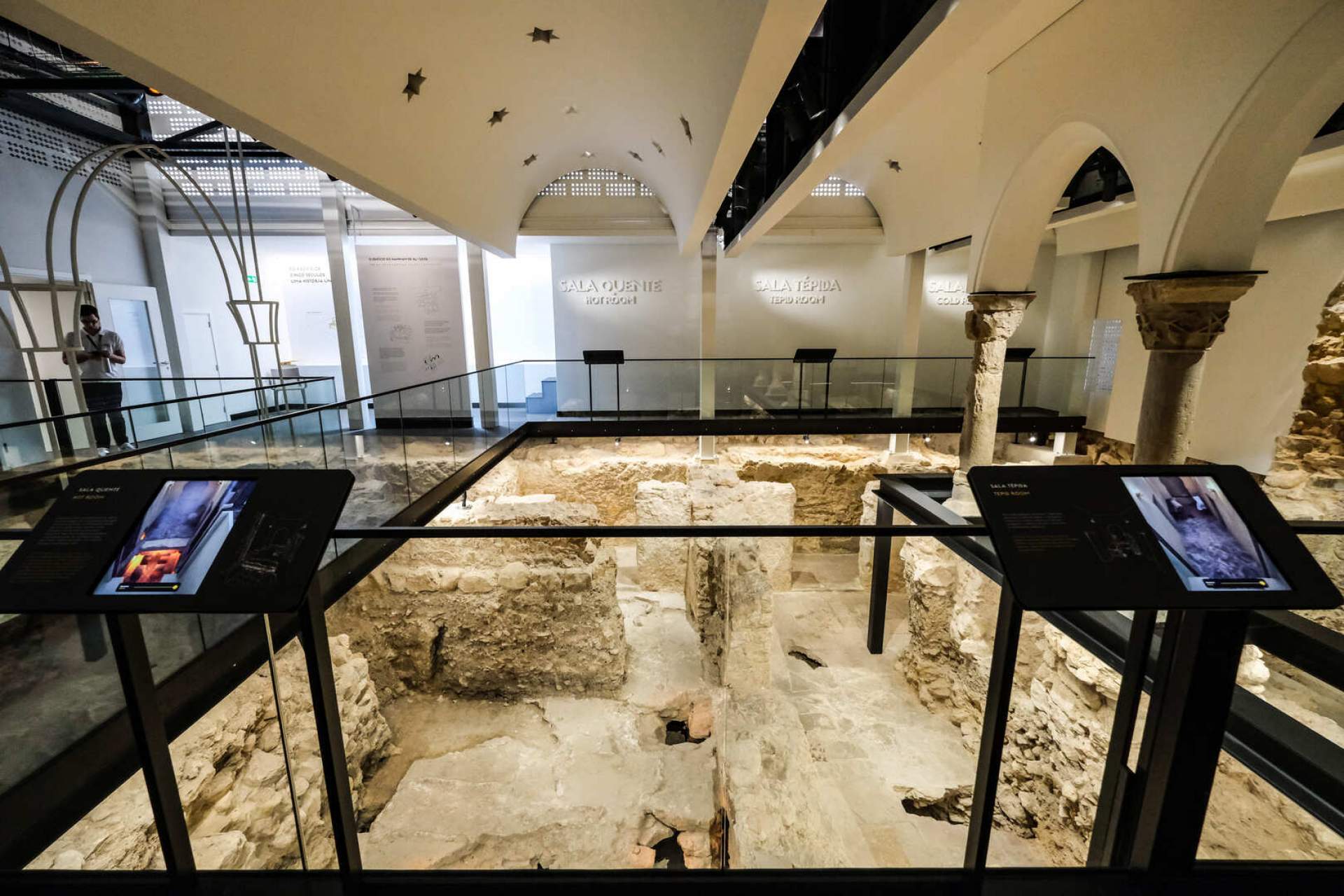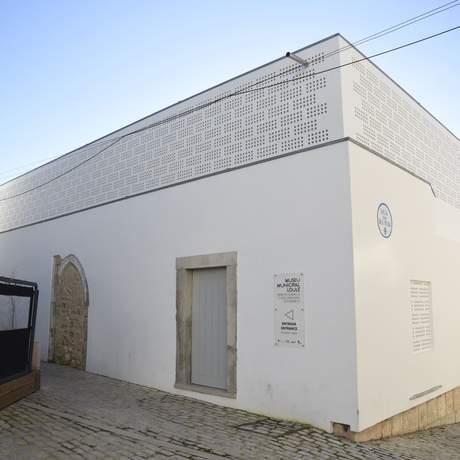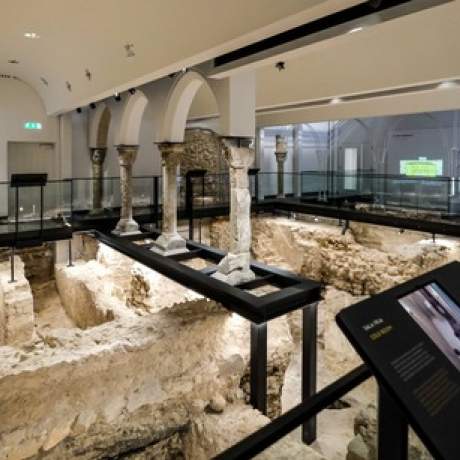
Islamic Baths
During the Islamic period, Loulé (al-Ulya) was one of the main administrative centres of the current Algarve territory and one of the localities most extolled by Arab geographers. What remains of the Loulé castle and urban wall, classified as a National Monument, attests to the importance it had in the Islamic context, both because of the size of the walled enclosure (the 5 hectares of Loulé walled area represent the largest urban settlement from the Islamic period without direct contact with the sea), and because of the artistic and archaeological relevance of the materials identified, which bear witness to an intense occupation of the Loulé medina since the 10th century.
In the medina, there is a magnificent quadrangular tower, today the bell tower of the Church of São Clemente, but which was originally the minaret of the larger al-Ulya mosque - one of the few minarets still standing in Portugal and unique testimony of Islamic religious architecture in the Algarve.
Within the walled perimeter we find Islamic baths from the Islamic Almohad period, probably built in the 12th century. The Islamic baths (hammam) of Loulé, housed in a museum since 2022, belong to the Municipal Museum of Loulé, and are one of the most relevant testimonies of the Islamic Legacy in Portugal. The entire floor plan of the building was identified from the hammam, although the musealization only included the part corresponding to the three bathroom: the hot room, the warm room and the cold room. The musealization and interpretation of space contributes to a better understandig os Islamic society, remebering the hammam not only as a place of hygiene, but also of purification and sociability. The baths, fundamental spaces in Islamic cities, have in Loulé a unique example in the national territory, due to its state of conservation and work of museum appreciation.
Address:
Rua Garcia de Horta, 4 - Loulé
Phone:
Email:
Website:
Timetable:
tuesday to sunday: 10.00 - 12.30 and 13.30 - 18.00
Closing day(s):
Monday
Close
Search results for:
No results were found matching your search.
Information available soon.




